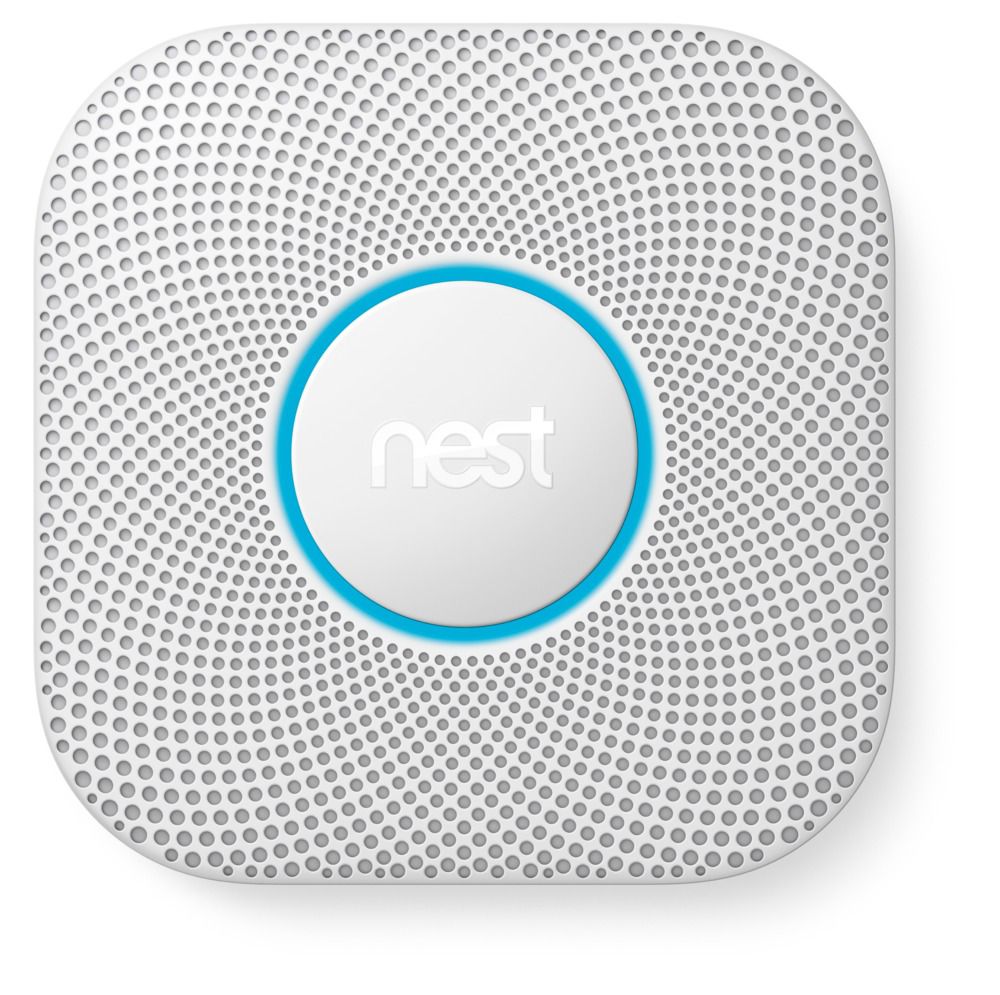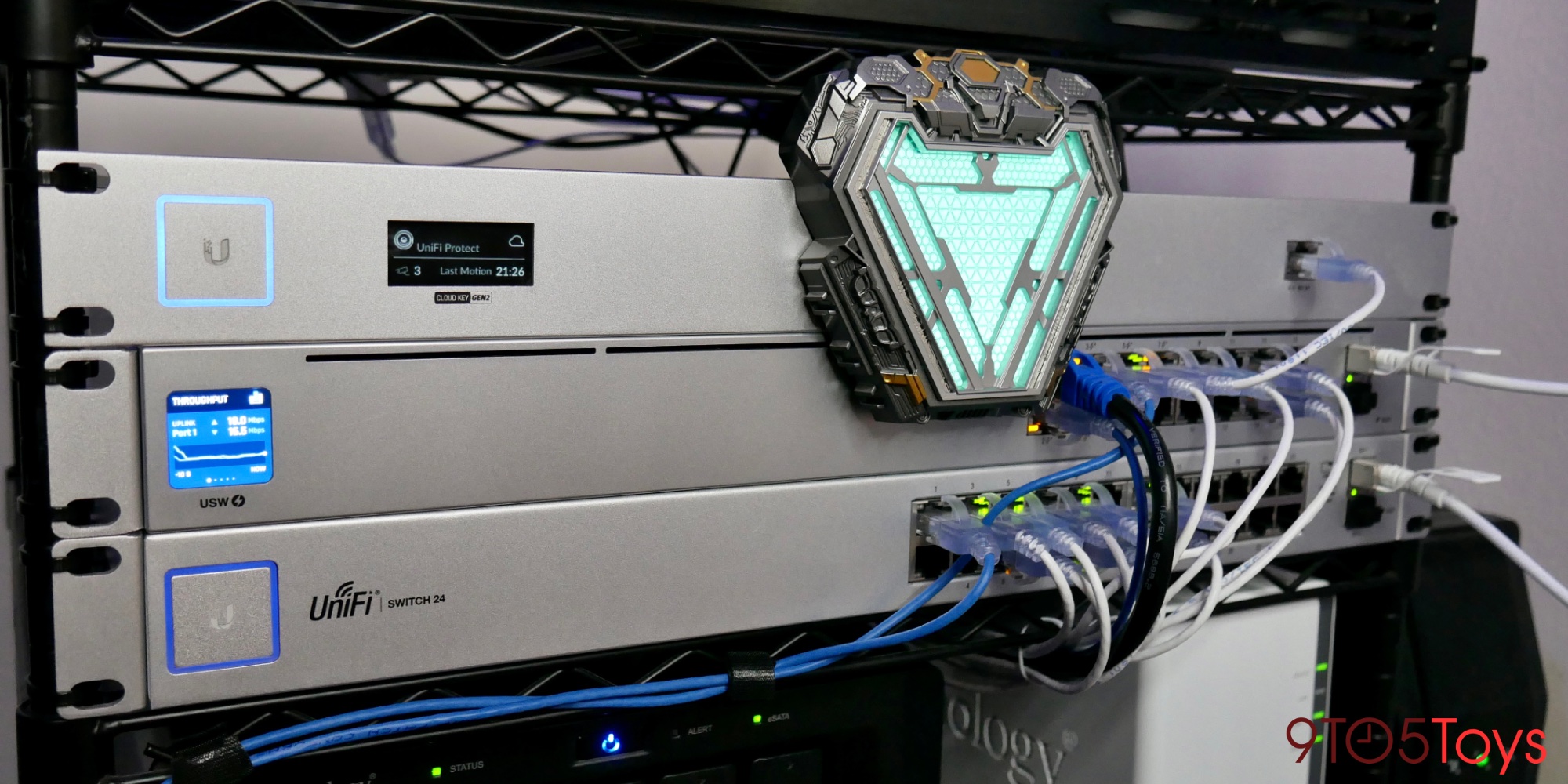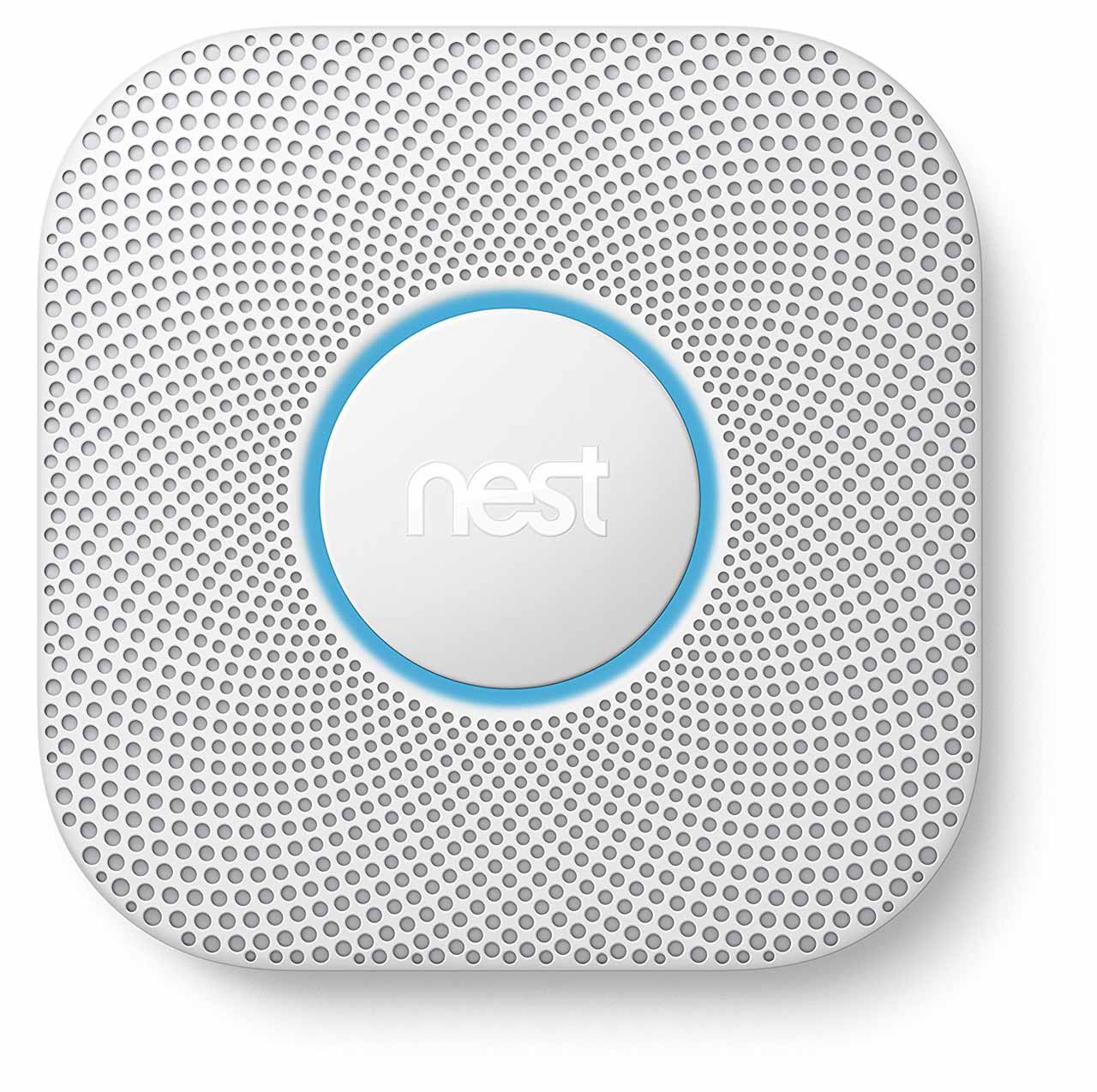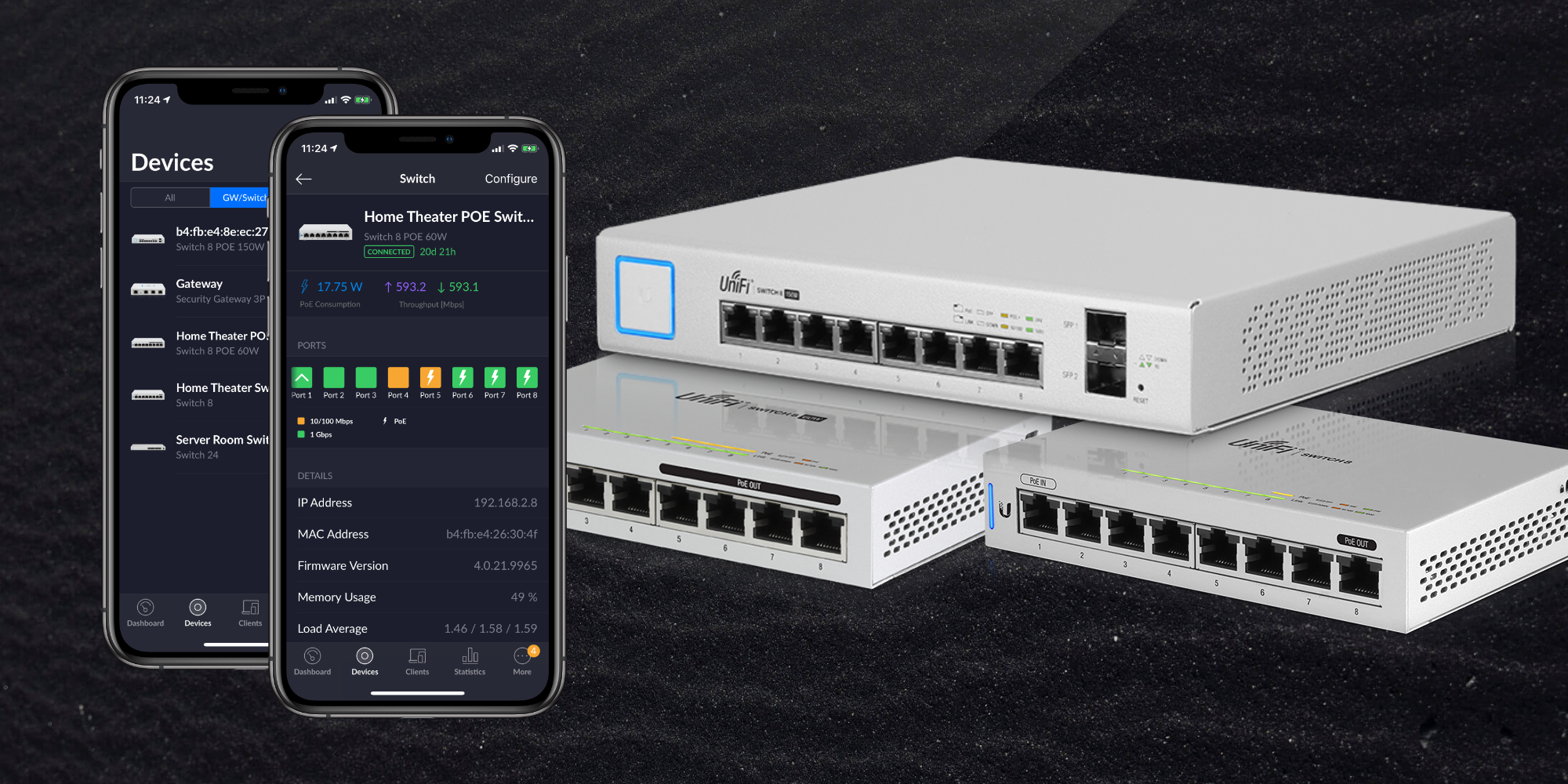UniFi Advanced Setup UniFi Protect Homekit Integration
Table of Content
So you may have other non-Homekit compatible Wi-Fi devices that may have Homebridge plugins. For example, I have recently purchased Chamberlain MyQ Garage door opener. This can be made into Homekit compatible, only if I purchase additional device, myQ Home Bridge ($69.99). So I’ve searched for myQ plugin on Homebridge and indeed I found it. With it turned on, I have fully Homekit integrated myQ Garage door opener i.e. saving of $69.99. You can try search on homebridge official website or plugin menus within homebridge for more potentials.

Media Player - If your camera has a speaker, you will get a media player entity that allows you to play audio to your camera’s speaker. Any audio file URI that is playable by FFmpeg will be able to be played to your speaker, including via the TTS Say Service. Enable a minimum 1 stream out of the 3 available. The Stream with the Highest resolution is the default enabled one.
Hardware Support
Use to dynamically set the message on a Doorbell LCD screen. This service should only be used to set dynamic messages (i.e. setting the current outdoor temperature on your Doorbell). Static messages should still be set using the Select entity and can be added/removed using the add_doorbell_text/remove_doorbell_text services. This will be the message that is automatically selected when a message “expires”. Button - A disabled by default button is added for each door lock device. The button will let you reboot your door lock device.

Each sensor function can be enabled or disabled dynamically. Disabled sensors will be marked as “unavailable”. However, I swapped out the Ring for a Unifi Protect G4 Doorbell for a number of reasons. I don't want to pump video to outside services, so this doorbell integrates nicely with my existing Unifi installation and records video to a local hard drive.
Advanced Setup | UniFi Protect – Homekit Integration
Similarly, a 502 Bad Gateway also means that your UniFi Protect application may not be running. Device Configuration - Smart chimes will get a volume slider to adjust the chime’s loudness and a sensor for the last time the chime rang. Configuration switches Overlay Information, Smart Detections types, Status Light, HDR, High FPS mode, System Sounds.

With that said many new homes get Ubiquiti installs now and if I was in the product team at Ubiquiti I would seriously be looking at what I could do to better serve that market. Ubiquiti has two video solutions, Unfi Video that is slowly being replaced and UniFi Protect. I am using the UniFi Protect offering as it is integrated with the CloudKey Gen 2 Plus which I am using to manage my wireless. The first of which is that they did not support POE, this meant when we set them up we had to buy USB to POE adapters and find ways to hide the long and bulky USB power cable they came with.
Service unifiprotect.set_default_doorbell_text
I recently made the switch from Google WIFI and NEST Cameras to Ubiquiti Unfi and Protect. A few things motivated these changes and I wanted to talk about them in this blog post. Unlike with many other things, playing audio to your speakers requires your Home Assistant to be able to reach your camera directly. You can enable debug logging and it will output the full FFmpeg command that will be run and the output from FFmpeg to help you troubleshoot why audio is not playing to the device. These URLs work great when trying to send notifications.
Home Assistant will automatically sign the URLs and make them safe for external consumption if used in an automation or notify service. Below are the accepted identifiers to resolve media. Since events do not necessarily map to any Home Assistant entity, all IDs are in reference to the UniFi Protect IDs, not Home Assistant ones. Once the tamper sensor is triggered, it stays active until manually cleared. A button entity is available to clear the tampered state.
Google WiFi
Sensors - Sensors are provided for data provided from floodlight devices. Sensors include “Is Dark” and “Motion Detected”. Be sure the role you assign to the user grants them access to at least one or more UniFi Protect devices.

Since the media browser does not have any pagination or filtering, all of the events must be loaded into memory. As a result, the number of events loaded at once is truncated to 10,000 by default. The number of events will be listed at “10000 ” if the event count was truncated. You can raise or lower the limit of the number of events that can be loaded using the Config Entry Options. A media source is provided for your UniFi Protect cameras so you can fetch video clips and event thumbnails.
The button will let you reboot your floodlight device. Button - A disabled by default button is added for each camera device. The button will let you reboot your camera device. You will need a local user created in your UniFi OS Console to log in with. It is recommended you use the Administrator or a user with full read/write access to get the most out of the integration, but it is not required. The entities that are created will automatically adjust based on the permissions of the user you use has.

The third issue is that the move notifications tended to be a bit annoying, we did configure zones help manage this but it was still more obnoxious than I would have liked. To configure zones we had to pay the per camera monthly fee also, this did feel a little bit like extortion — e.g. pay us not to annoy you with notifications. To be honest, I can not say enough positive things about the Google WiFi, it is a great product that for 99% of people is probably perfect but the sad reality is that we started to outgrow it.
Ensure User ID, Password and granted privilage for UniFi protect controller access is correct. If you like to use Doorbell push as a trigger event for Homekit automation, you need to turn one option “on”. Choose the verified, “Homebridge UniFi Protect” and click install. Of note that there is similarly named “Homebridge UniFi Protect Platform” but it does not have verified status and not as frequently updated as verified one.
I've got my stuff running on a Raspberry Pi 4. Even better I put a Power Over Ethernet hat on my Rpi so I have just one network wire into my hub that powers the Pi. It does seem with the introduction of Ubiquiti Protect which currently has a 20 camera limit, they are looking at how they can better serve users like me. That said, only time will tell how far they go towards providing solutions that are competitive with the consumer-focused offerings. With all that said, the TCO for a multi-camera NEST system is pretty high if you want to retain video and the Ubiquiti solution addresses this effectively.
UniFi Protect Smart Chime
For example, it has no way to share IOT devices as Google WiFi does. It is not integrated with home automation systems either, for example, you can’t use presence and activity of devices to infer if people are home as part of the way you configure your home automation. And it has no “parental controls” concept, though you can manually configure something roughly equivalent. Despite being a very advanced product capability wise it has a pretty easy to use interface for managing.

Comments
Post a Comment